Explore the Best Acne Scar Treatment in South Korea
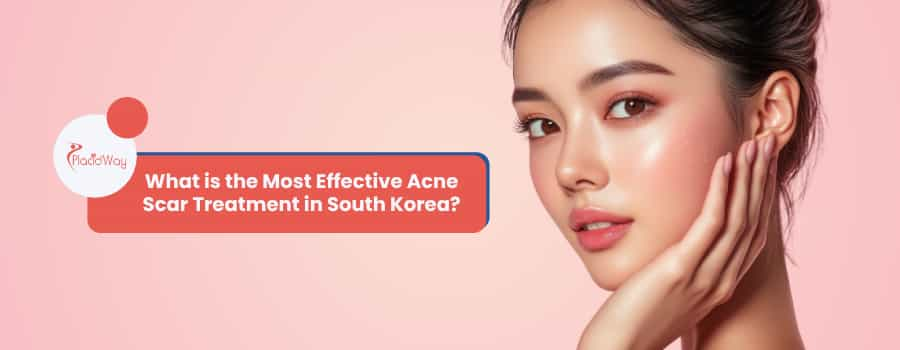
Wondering what the most effective acne scar treatment in South Korea is? You're not alone. South Korea, particularly Seoul, has become a global hub for advanced dermatological care, offering cutting-edge solutions for complex skin concerns like acne scars. The best approach isn't a single magic bullet but a personalized combination of treatments designed to address your unique skin texture and scar types—from deep ice pick scars to rolling and boxcar scars. Clinics in renowned districts like Gangnam utilize the latest technology, from powerful fractional lasers to innovative radiofrequency (RF) microneedling, to achieve smoother, clearer skin.
Navigating the world of Korean dermatology can seem daunting, but it’s more accessible than you might think. Many top-tier clinics cater specifically to international patients, with English-speaking staff ready to guide you through the process. The key is understanding the different types of treatments available, what they cost, and what to expect during your visit. Whether you're considering laser resurfacing to remodel collagen or subcision to release tethered scars, South Korean dermatologists are masters at creating customized plans that deliver remarkable results. This guide will walk you through everything you need to know to make an informed decision and begin your journey toward renewed skin confidence.
What is considered the best acne scar treatment in South Korea?
There is no single "best" treatment because acne scars are not one-size-fits-all. Korean dermatologists excel at 'scar mapping,' which involves analyzing the specific types of scars you have (ice pick, boxcar, rolling) and creating a multi-modal treatment plan. This approach is far more effective than relying on a single technology.
For instance, a plan might start with subcision to break up the fibrous bands pulling a scar down, followed by a dermal filler to lift the depression. Then, a series of fractional laser or RF microneedling sessions are used to stimulate collagen production and smooth out the surface texture. This comprehensive strategy ensures that both the underlying structure and the visible surface of the scar are treated.
How much does acne scar treatment cost in South Korea?
Pricing for an acne scar treatment in South Korea varies widely based on the clinic's reputation, the technology used, and the complexity of your treatment plan. While a single session might seem affordable, most effective treatments require multiple sessions.
Here’s a general breakdown of per-session costs:
- Fractional Laser (CO2, Fraxel): (approx. $150 - $450 USD)
- RF Microneedling (Secret RF, Potenza): (approx. $225 - $525 USD)
- Subcision with Filler: (approx. $225 - $600 USD)
- Chemical Peels (TCA CROSS): (approx. $75 - $185 USD)
Many clinics offer packages for 3-5 sessions at a discounted rate, which is often the most cost-effective route. Always confirm what is included in the price, such as consultation fees, post-treatment care, and taxes.
Are acne scar treatments in South Korea safe?
Safety is a paramount concern, and South Korea's aesthetic industry is well-regulated. Reputable clinics prioritize patient safety by using devices approved by both the US FDA and the Korean Ministry of Food and Drug Safety (KMFDS). Furthermore, treatments are performed by board-certified dermatologists with extensive training in scar revision techniques.
To ensure a safe experience, patients should do their due diligence by choosing clinics that are transparent about their credentials, have a clean and professional environment, and provide thorough consultations that cover potential risks and side effects. The vast majority of international patients have safe and positive experiences.
How many sessions will I need to see results?
Acne scar treatment is a marathon, not a sprint. Collagen remodeling is a gradual process. While some improvement may be visible after a single session, the most dramatic and satisfying results come from completing a full course of treatment. Deeper, older scars will naturally require more sessions than shallower, more recent ones.
During your consultation, your dermatologist will provide a realistic timeline based on your specific condition. It's important to be patient and consistent with the recommended treatment schedule to achieve the best possible outcome.
What are the most popular types of laser treatments for acne scars in Korea?
Laser resurfacing is a cornerstone of acne scar treatment in Korea. The choice of laser depends on the scar depth and desired recovery time.
- Ablative Fractional CO2 Lasers: These are the gold standard for deep, stubborn scars like boxcar and some ice pick scars. The laser removes microscopic columns of skin tissue, triggering a powerful collagen-building response. The downtime is longer (around 5-7 days of redness and peeling), but the results can be dramatic.
- Non-Ablative Fractional Lasers (e.g., Fraxel Dual): These lasers heat the underlying skin tissue without removing the surface layer. This stimulates collagen production with much less downtime (1-3 days of mild redness). They are excellent for improving overall skin texture and treating shallower scars.
- Pico Lasers (e.g., PicoSure, PicoWay): While primarily known for tattoo removal, Pico lasers are fantastic for treating post-inflammatory hyperpigmentation (PIH)—the red or brown marks left after acne. They shatter pigment particles without significant heat, making them safe for all skin tones.
Is RF Microneedling better than laser for acne scars?
Radiofrequency (RF) microneedling devices like Secret RF, Potenza, or Infini have become incredibly popular in Korean dermatology clinics. The treatment uses insulated needles to deliver RF energy directly into the dermis, bypassing the epidermis. This targeted energy delivery stimulates collagen and elastin production right where scars are formed.
The key advantages of RF microneedling include:
- Less Downtime: Because the surface of the skin is largely spared, recovery is faster than with ablative lasers, often involving just a day or two of redness.
- Safety for All Skin Tones: It has a lower risk of causing post-inflammatory hyperpigmentation (PIH) compared to some lasers, making it a safer option for individuals with darker skin.
- Effective for Various Scar Types: It's particularly effective for rolling scars, enlarged pores, and improving overall skin tightness and texture.
Often, a dermatologist will recommend alternating between RF microneedling and laser sessions to get the benefits of both technologies.
What is the best treatment for boxcar or rolling scars?
Boxcar and rolling scars are characterized by wide depressions, often caused by fibrous bands pulling the skin down. A multi-pronged attack is most effective. Subcision is crucial for breaking these bands. Once released, the depression can be filled.
Korean clinics often use collagen-stimulating fillers like Juvelook or Gouri, which not only provide immediate volume but also encourage your body to produce its own collagen for longer-lasting results. Finally, surface treatments like Fraxel laser or Potenza RF microneedling are used to smooth the edges and improve the overall skin texture, making the scar blend seamlessly with the surrounding skin.
What is Subcision and is it painful?
Subcision is a highly effective technique for treating depressed, rolling, and tethered boxcar scars. These scars are anchored to deeper tissues by fibrous strands. No amount of laser or microneedling can fix this "tethering" from the surface. Subcision works by physically cutting these bands, allowing the skin to lift and level out.
The procedure is performed after applying a local anesthetic cream or injection to numb the area. While you might feel some pressure, it shouldn't be painful. After the procedure, the area is often injected with a dermal filler (like Hyaluronic Acid) or a collagen-stimulating product (like Juvelook) to prevent the scar from re-tethering and to provide immediate volume.
What is TCA CROSS and which scars does it treat?
Ice pick scars are notoriously difficult to treat with lasers alone because they are too deep and narrow. TCA CROSS is the preferred method for this scar type in many Korean dermatology clinics. A dermatologist uses a fine-tipped applicator, like a wooden toothpick, to carefully place a tiny drop of 70-100% TCA into the scar pit.
This controlled chemical burn causes a localized inflammatory reaction, which in turn stimulates new collagen production at the base of the scar. The scar gradually rises and becomes shallower over a series of 2-4 treatments, spaced 4-6 weeks apart. It's a highly precise technique that should only be performed by an experienced dermatologist.
Are the results of acne scar treatments permanent?
The collagen that your body produces in response to these treatments is your own and is permanent. Therefore, the textural improvements and lifting of scars are long-lasting. That said, dermal fillers used in conjunction with subcision are temporary, lasting from 6 to 18 months, though collagen-stimulating fillers can provide longer-term benefits.
The most important factor for maintaining results is to control active acne. If new breakouts occur, they have the potential to create new scars. A good skincare routine, including sunscreen and potentially acne-fighting ingredients, is crucial for preserving your investment.
How do I choose the right clinic in South Korea?
With so many options, selecting a clinic can be overwhelming. Here are key factors to consider:
- Dermatologist's Expertise: Ensure you are being treated by a board-certified dermatologist, not just a general practitioner at an aesthetic clinic. Look for specialists in scar revision.
- Technology and Equipment: A top-tier clinic will have a variety of lasers (CO2, Fraxel, Pico) and RF microneedling devices (Potenza, Secret RF). This indicates they can customize treatment, not just use the one machine they have.
- International Patient Services: Look for clinics with English-speaking coordinators, clear communication channels (like WhatsApp or email), and experience handling foreign clients. This makes the entire process smoother.
- Reviews and Before/After Photos: Check for authentic reviews on platforms like Google Maps, forums, or medical tourism websites. Reputable clinics will proudly showcase their results.
What should I expect during my consultation?
The initial consultation is the most critical step. A good consultation will involve a translator (if needed) and the dermatologist. They will physically examine your skin and may use a 3D imaging machine to get a detailed look at your skin's topography.
Be prepared to discuss your medical history, any previous treatments you've had, and your lifestyle. This is your opportunity to ask questions about recovery time, potential side effects, and expected results. A trustworthy clinic will give you a realistic outlook and never pressure you into a decision.
What is the recovery and aftercare like?
Your clinic will provide you with a detailed aftercare plan. Following it diligently is essential for achieving the best results and preventing complications. Key aftercare instructions typically include:
- Sun Protection: This is non-negotiable. Your skin will be highly sensitive to UV radiation, and sun exposure can lead to hyperpigmentation. Use a broad-spectrum SPF 50+ sunscreen daily.
- Gentle Skincare: Avoid all harsh products, exfoliants (AHAs, BHAs), and retinoids for at least 1-2 weeks post-treatment. Use a mild, hydrating cleanser and moisturizer.
- Healing Creams: You will likely be given a "regeneration cream" (cica cream) or an antibiotic ointment to apply to the treated areas to support healing and prevent infection.
- Avoid Saunas and Strenuous Exercise: For a few days after the procedure, it's best to avoid activities that cause excessive sweating or heat, as this can increase swelling and irritation.
Ready to explore your options for world-class acne scar treatment? Explore PlacidWay's solutions to connect with leading dermatology clinics in South Korea and find the perfect provider for your skincare journey.
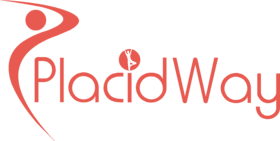

.png)
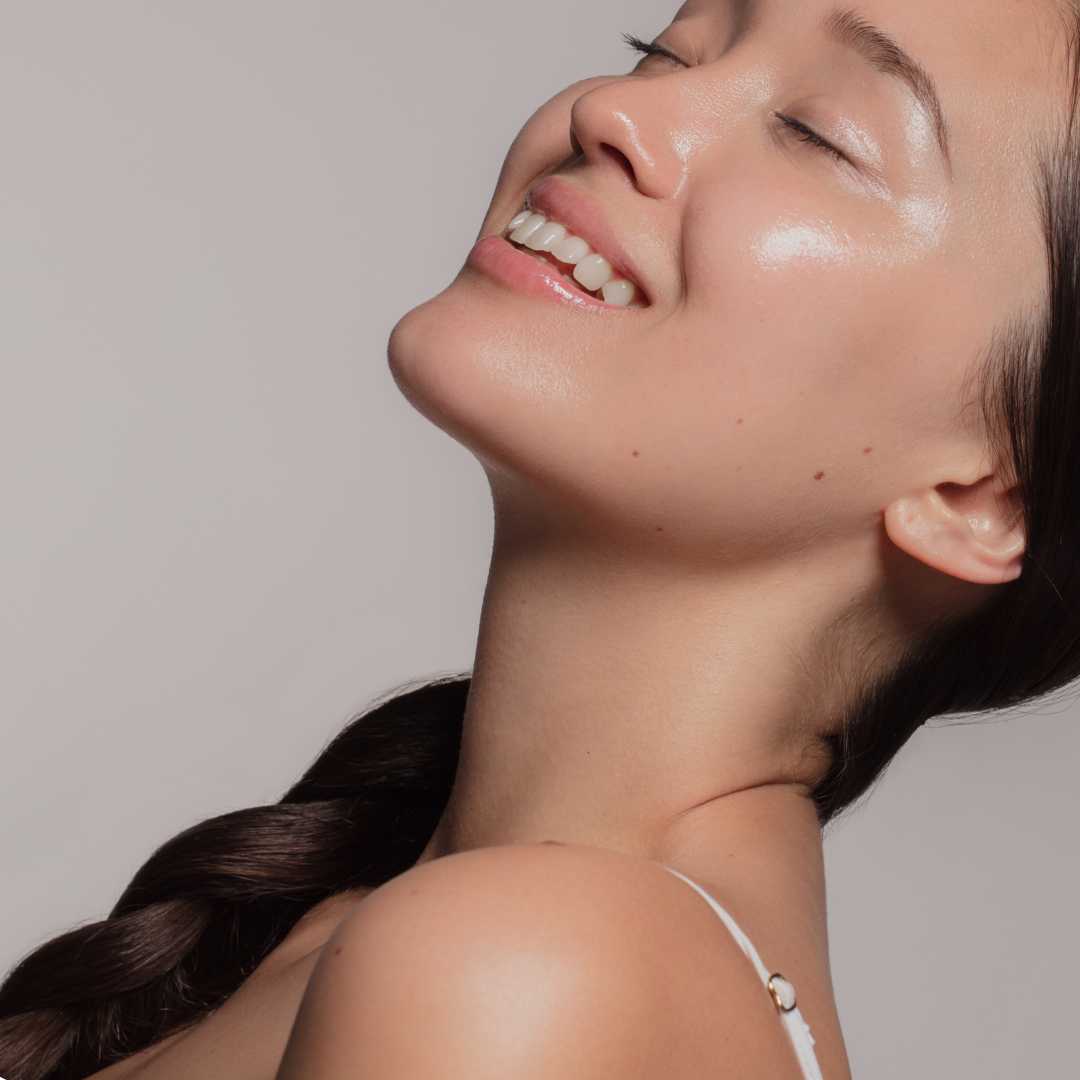

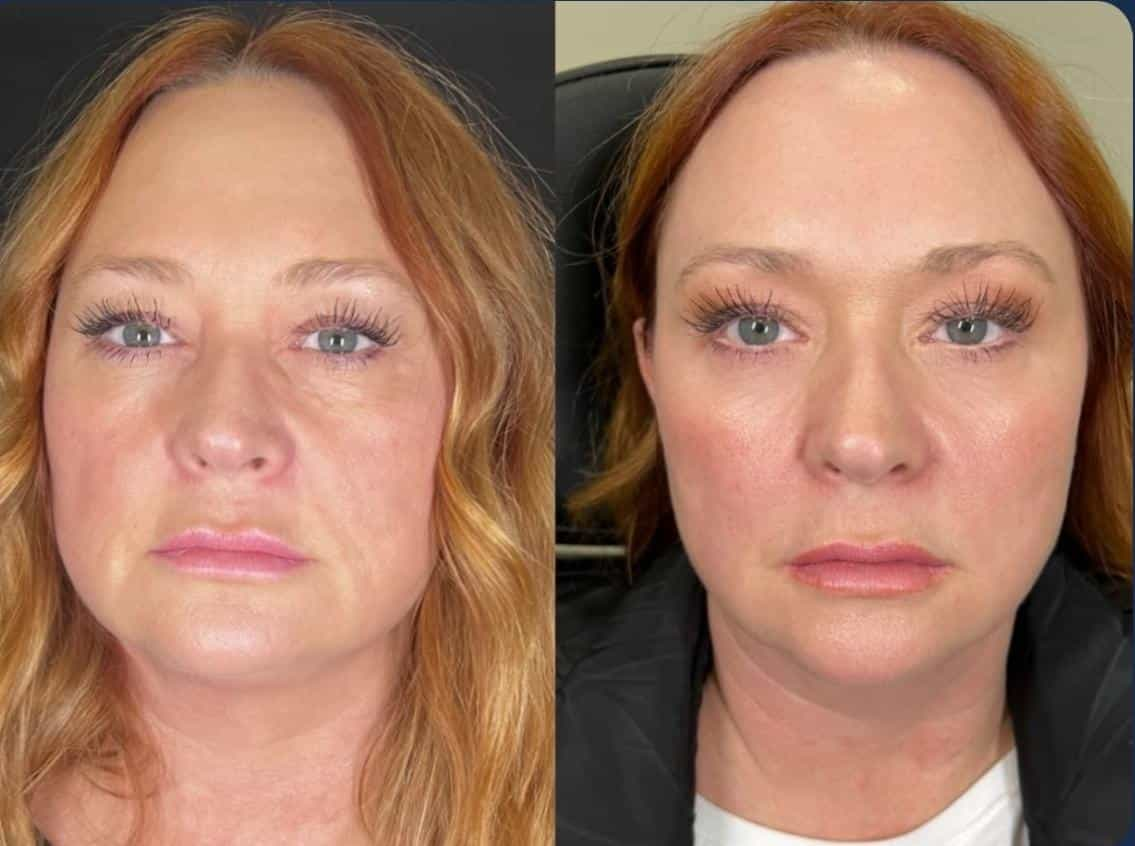
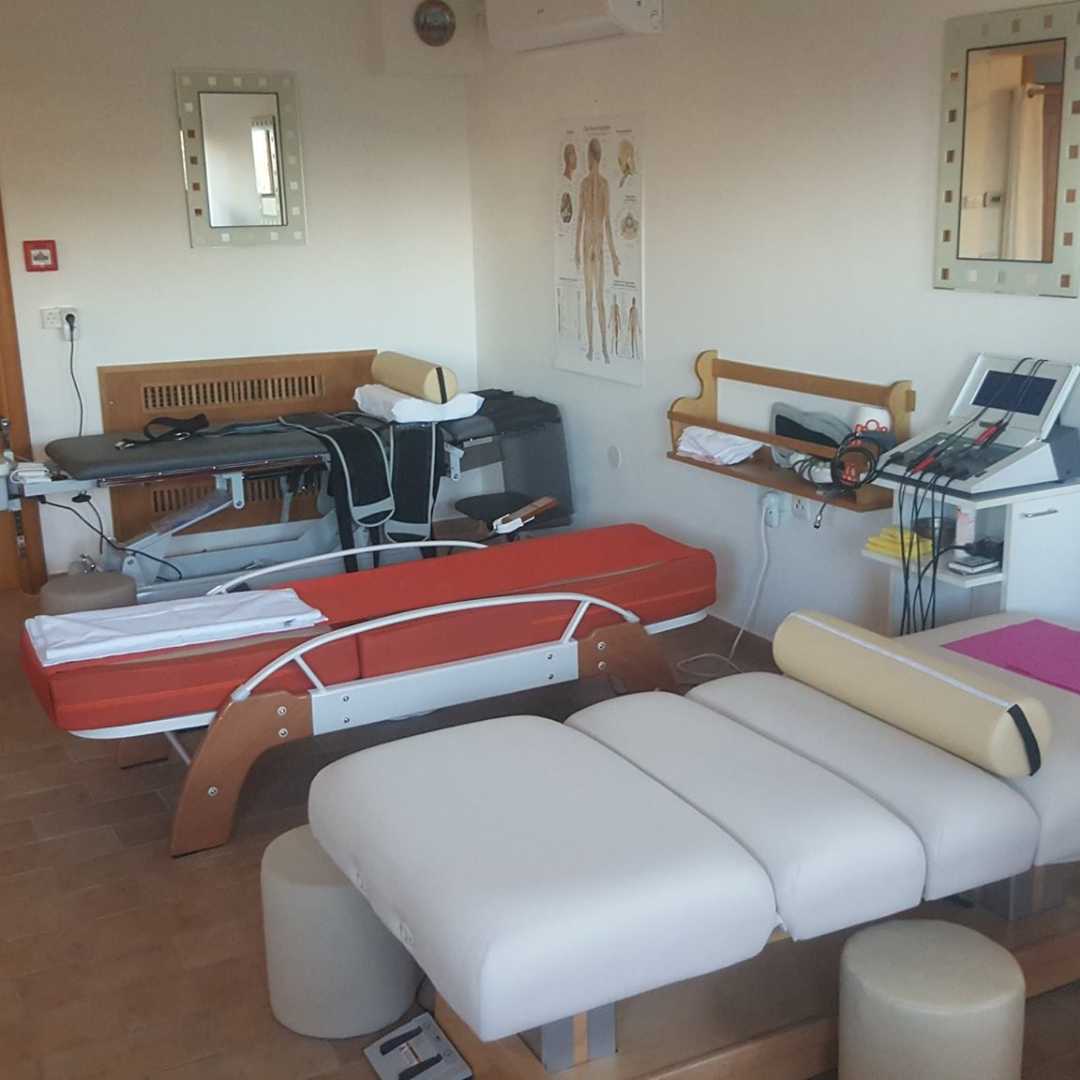
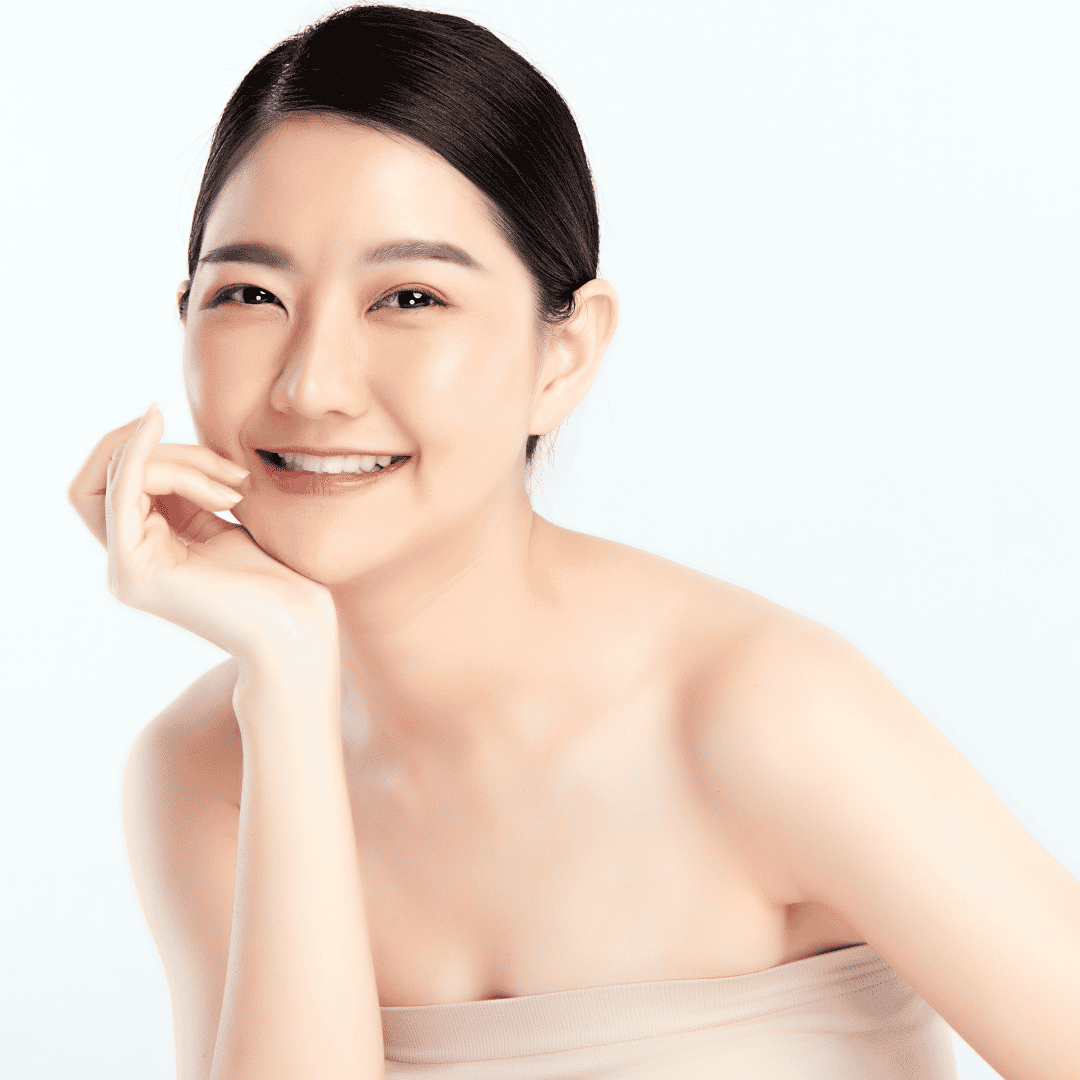


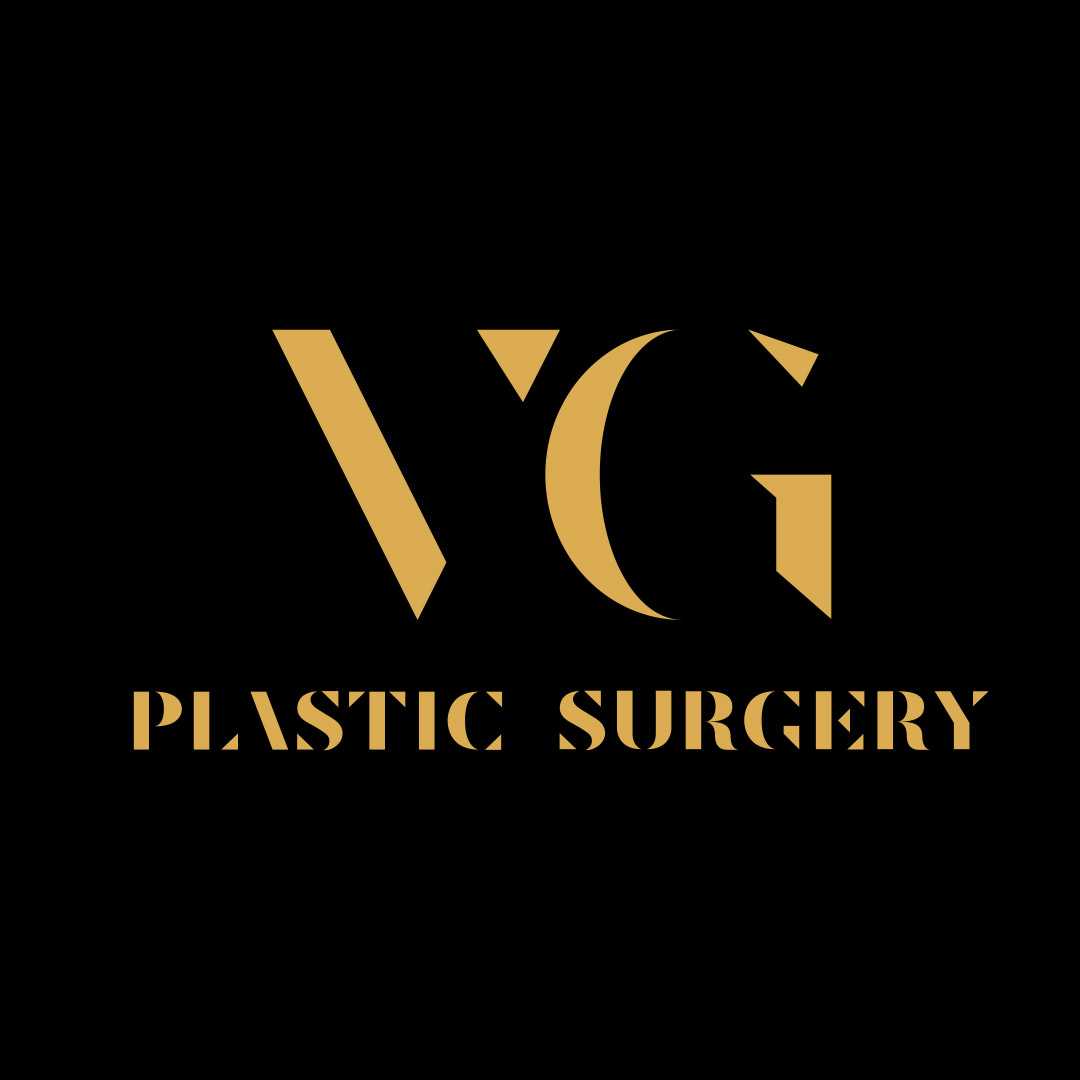

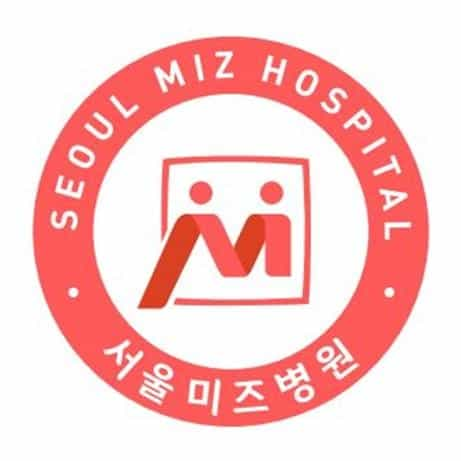
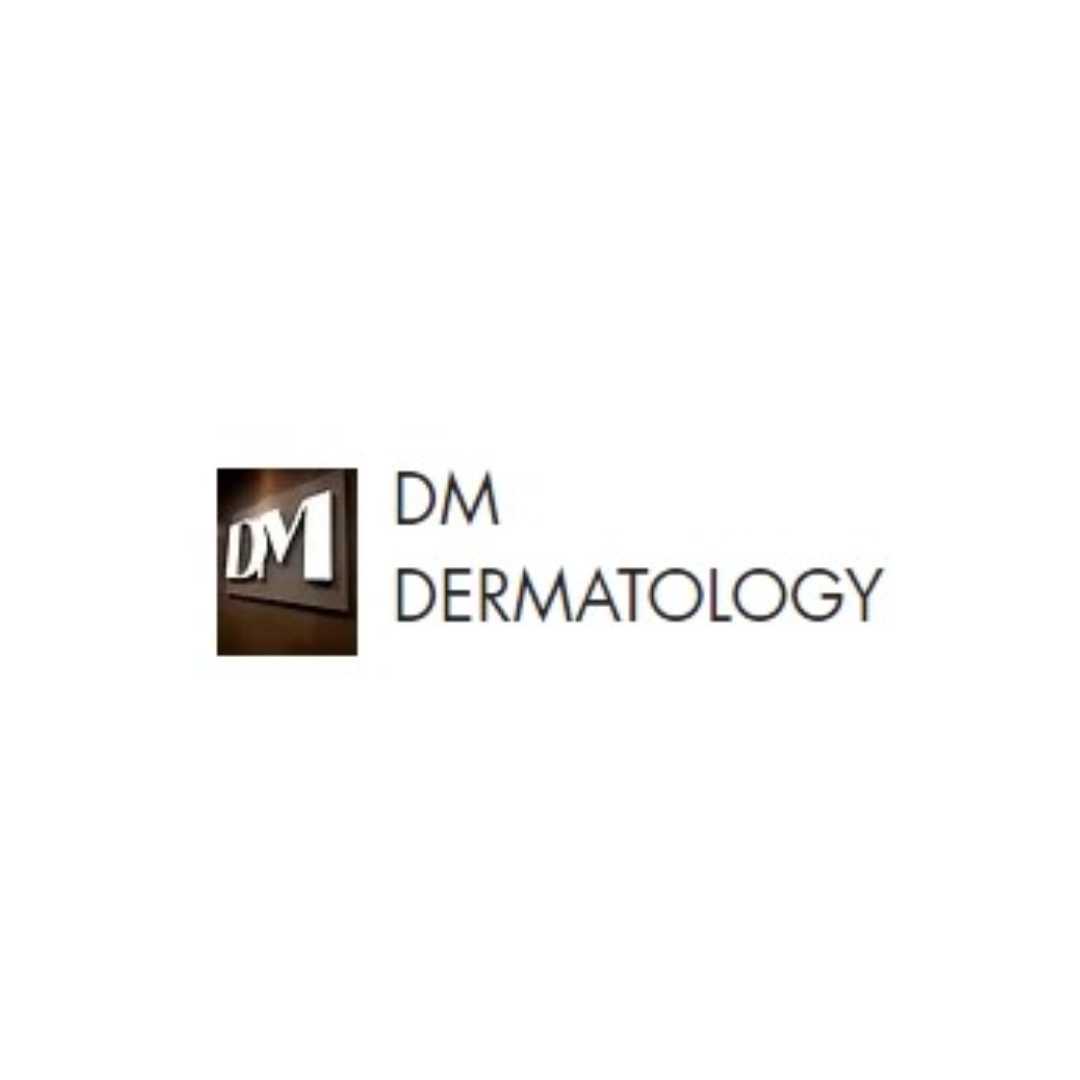


Share this listing